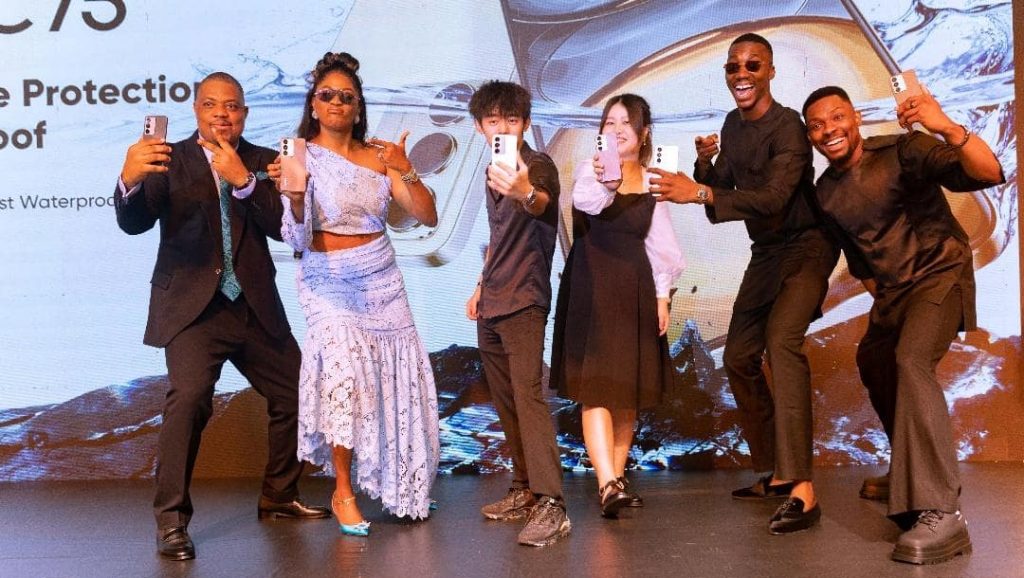Technology is rapidly advancing to simulate sensory experiences, and now, researchers have developed e-Taste, a device that analyzes and replicates flavors using a chemical-based system. This innovation could redefine the way we interact with food, beverages, and even virtual reality (VR) and augmented reality (AR) experiences.
How E-Taste Works: A Three-Stage Process
The e-Taste system works by analyzing food flavor profiles and recreating them using a chemical composition that mimics the original taste. It consists of three key stages:
-
Flavor Analysis:
- The device scans food or beverage samples using a set of sensors to identify key flavor components.
- It detects molecules like glutamate (umami), glucose (sweetness), and other chemical compounds that define the five basic tastes: sweet, sour, salty, bitter, and umami.
-
Data Encoding & Transmission:
- Once the flavor profile is identified, the data is digitally encoded and transmitted wirelessly to an e-Taste device, ensuring a seamless real-time experience.
-
Flavor Recreation:
- The e-Taste device processes the received data and uses a chemical solution poured through a gel to recreate the taste experience.
- This allows users to perceive flavors without physically consuming food, a breakthrough that could revolutionize VR/AR applications, medical fields, and food sciences.
The Potential of Virtual Taste in Augmented Reality
Ohio State University professor and study co-author Jinhua Li emphasized that taste and smell play a significant role in human emotion and memory, yet they remain underrepresented in virtual and augmented reality.
“It’s a gap that needs to be filled, and we’ve developed that with this,” Li stated.
This advancement could unlock new possibilities in digital experiences, allowing users to taste food in virtual environments, experience flavors from different cultures, or even relive nostalgic food memories.
Applications of E-Taste
- Virtual & Augmented Reality (VR/AR): Enhancing gaming, metaverse, and immersive experiences by integrating taste simulation.
- Health & Wellness: Helping individuals with dietary restrictions experience flavors without consuming actual food.
- Culinary Training: Assisting chefs in tasting dishes digitally before preparing them.
- Food Science & Research: Creating new flavor experiences and studying sensory reactions.
- Medical & Therapeutic Uses: Supporting patients with appetite loss by stimulating taste perception.
Final Thoughts
The e-Taste system represents a major leap in sensory technology, merging chemical science and digital innovation to replicate flavors in a way never seen before. While it is still in the development phase, its potential to transform digital interactions, healthcare, and the food industry is undeniable.
As virtual experiences continue to evolve, taste may soon become an integral part of the digital world, bringing us closer to fully immersive sensory technology.













